 When you think about buying or selling a home, your focus is often on the personal benefits, finding the perfect place to live, or getting a good return on your investment. However, these transactions do more than just impact your life; they also have a positive effect on the entire community. Here’s how buying or selling a home can benefit your local area.
When you think about buying or selling a home, your focus is often on the personal benefits, finding the perfect place to live, or getting a good return on your investment. However, these transactions do more than just impact your life; they also have a positive effect on the entire community. Here’s how buying or selling a home can benefit your local area.
1. Boosting the Local Economy
Real estate transactions are a significant driver of economic activity. When you buy or sell a home, a whole host of local businesses benefit, from real estate agents and home inspectors to contractors and moving companies. This influx of business generates income for local workers and supports small businesses, which in turn helps to strengthen the local economy.
2. Supporting Local Services
Property taxes collected from homeowners are a primary source of revenue for local governments. These funds are used to maintain and improve essential public services, such as schools, fire departments, police forces, and public parks. By purchasing a home, you contribute to the funding of these services, helping to ensure that your community remains a safe, vibrant, and well-maintained place to live.
3. Fostering Community Development
New homeowners bring fresh energy and ideas to a neighborhood. Whether it’s through participation in local events, involvement in community organizations, or simply maintaining and improving their property, homeowners contribute to the overall development and well-being of the area. Selling a home also opens the door for new residents who can bring diversity and new perspectives to the community.
4. Increasing Property Values
A healthy real estate market can have a positive effect on property values across a community. When homes are bought and sold regularly, it signals that the area is desirable, which can drive up demand and, consequently, property values. As property values increase, homeowners build equity, which can enhance their financial stability and contribute to overall community wealth.
5. Promoting Sustainable Development
Homebuyers today are increasingly looking for energy-efficient and environmentally friendly homes. This trend encourages builders and developers to adopt sustainable practices, leading to greener, more sustainable communities. Additionally, sellers who invest in eco-friendly upgrades can attract more buyers, promoting a cycle of sustainable living within the community.
6. Enhancing Social Connections
Buying or selling a home often brings new neighbors into the community, creating opportunities for social interactions and the building of new friendships. Strong social ties are a key component of a thriving community, leading to increased civic engagement, support networks, and a sense of belonging among residents.
Buying or selling a home is more than just a financial transaction, it’s an investment in your community. From boosting the local economy and supporting public services to fostering community development and promoting sustainability, your real estate decisions have far-reaching impacts that benefit everyone in the area. So, as you navigate the process of buying or selling, take pride in knowing that you’re contributing to the growth and vitality of your community.
 As our world becomes increasingly conscious of sustainability, it’s crucial to understand how the environment can shape the value of your home or potential investment. Let’s explore the various ways in which environmental factors play a significant role in the real estate market.
As our world becomes increasingly conscious of sustainability, it’s crucial to understand how the environment can shape the value of your home or potential investment. Let’s explore the various ways in which environmental factors play a significant role in the real estate market.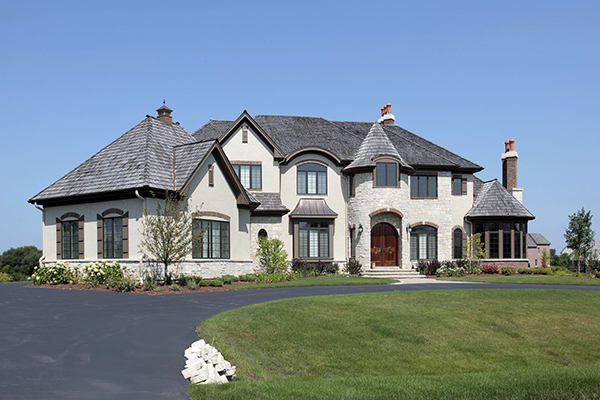 Homebuilder confidence in housing market conditions dipped two points in January; ongoing challenges including labor shortages and materials costs were cited by the National Association of Home Builders, which provides monthly readings on home builder sentiment. Three component readings of the Housing Market Index declined by one point each. Readings for current sales conditions, housing market conditions for the next six months and for buyer traffic within new single-family housing developments were 79, 78 and 54 respectively.
Homebuilder confidence in housing market conditions dipped two points in January; ongoing challenges including labor shortages and materials costs were cited by the National Association of Home Builders, which provides monthly readings on home builder sentiment. Three component readings of the Housing Market Index declined by one point each. Readings for current sales conditions, housing market conditions for the next six months and for buyer traffic within new single-family housing developments were 79, 78 and 54 respectively.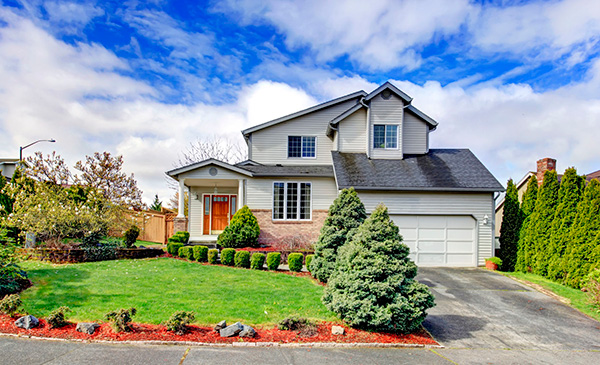 According to Case-Shiller national and 20-city home price indices for October, home prices continued to rise. National home prices rose 0.70 percent for the three months ending in October. Year-over-year, national home prices increased by 6.20 percent. The 20-City Home Price Index also rose by 0.70 percent in October and reported a year-over-year increase of 6.40 percent.
According to Case-Shiller national and 20-city home price indices for October, home prices continued to rise. National home prices rose 0.70 percent for the three months ending in October. Year-over-year, national home prices increased by 6.20 percent. The 20-City Home Price Index also rose by 0.70 percent in October and reported a year-over-year increase of 6.40 percent. Home builders surveyed by the National Association of Home Builders expressed their highest level of confidence in housing markets since 1999. The index reading for housing market conditions in December hit 74, which exceeded November’s reading of 70. Analysts expected a flat reading of 70 for December. Readings over 50 indicate improvement in housing market conditions.
Home builders surveyed by the National Association of Home Builders expressed their highest level of confidence in housing markets since 1999. The index reading for housing market conditions in December hit 74, which exceeded November’s reading of 70. Analysts expected a flat reading of 70 for December. Readings over 50 indicate improvement in housing market conditions.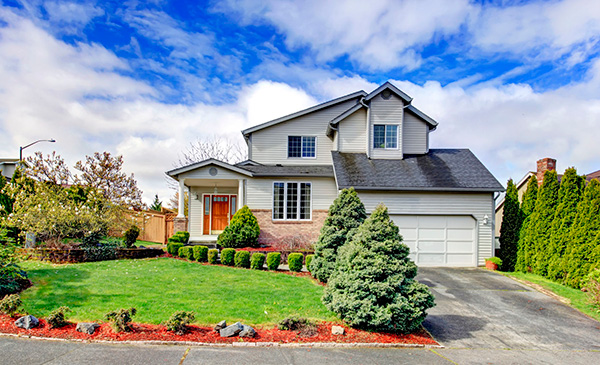
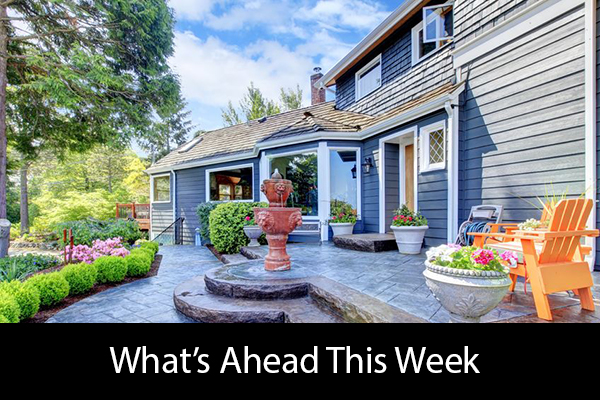 Last week’s economic reports included NAHB Housing Market Indexes along with readings on housing starts, building permits and existing home sales. Weekly readings on mortgage rates and new jobless claims were also released.
Last week’s economic reports included NAHB Housing Market Indexes along with readings on housing starts, building permits and existing home sales. Weekly readings on mortgage rates and new jobless claims were also released.
 Last week’s economic reports included Case-Shiller’s Home Price Indices, readings on new and pending home sales and Freddie Mac ‘s weekly mortgage rates report. Weekly jobless claims and reports on inflation and core inflation were also released.
Last week’s economic reports included Case-Shiller’s Home Price Indices, readings on new and pending home sales and Freddie Mac ‘s weekly mortgage rates report. Weekly jobless claims and reports on inflation and core inflation were also released.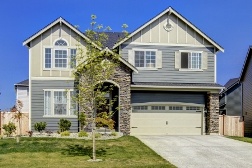 Case-Shiller reported higher sales of new homes for July; the national reading for new home sales increased by 0.10 percent to a seasonally-adjusted annual rate of 5.90 percent. The 20-City Home Price Index rose by 0.20 percent to 5.80 percent on a seasonally adjusted annual basis.
Case-Shiller reported higher sales of new homes for July; the national reading for new home sales increased by 0.10 percent to a seasonally-adjusted annual rate of 5.90 percent. The 20-City Home Price Index rose by 0.20 percent to 5.80 percent on a seasonally adjusted annual basis.